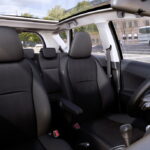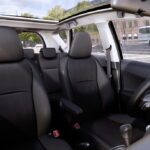Top 15 Cars that Turn off at Light & How Much Fuel They Save
More and more manufacturers are adding automatic start-stop technology to their vehicles to increase efficiency and reduce emissions. These systems have been in cars since the ’80s in similar forms. Some drivers like it, and some do not, but this technology is here to stay.
What are start-stop systems? How do they work? Do they harm the engine? These are questions that will be answered in this article.
What is the Start-Stop System for, and How does it Work?
The start-stop system shuts down the engine whilst the vehicle is stationary. As a result, fuel consumption and emissions are reduced drastically.
In an automatic car, it shuts down the engine when the vehicle is stationary and the driver applies the brakes. In some cars, the engine starts again as soon as the driver releases the brakes, and in some cars, the engine starts when the driver steps on the accelerator.
In manual cars, the engine shuts down when the vehicle is stationary and in neutral. The engine starts again as soon as the clutch has been pressed.
The engine starts using an electric motor called the starter motor. Every time you crank the engine, this starter motor engages with the flywheel and spins rapidly. The crankshaft is the spinning part of the engine that the pistons are connected to. The crank is connected to the flywheel, which transfers the power to the transmission through the clutch.
Around the flywheel, there is a ring gear that latches on the starter motor. When the starter motor spins, it spins the flywheel, which in turn spins the crankshaft. This moves the piston, creating a vacuum inside the cylinders, which sucks in air, and fuel is injected. With the help of some spark from the spark plugs, the fuel ignites, and the engine turns on. Once the engine turns on, the starter motor disengages.
Please note that this is not true in the case of hybrid cars like the Toyota Prius. Hybrid cars have a bigger battery pack and motors that can power the wheels and crank the engines. They may not use a starter motor.
The start-stop system determines if and when the engine should turn off depending on the data it receives from various sensors in the vehicle. Once the engine is switched off, all the electrical components such as climate control and lights still work, but it depends on the battery to power them.
Here are some of the cars that offer auto start-stop systems as standard.
Also read: 15 Cars that NEVER Rust (100% Galvanised)
15 Cars with Start-Stop System
1. Mercedes A-Class
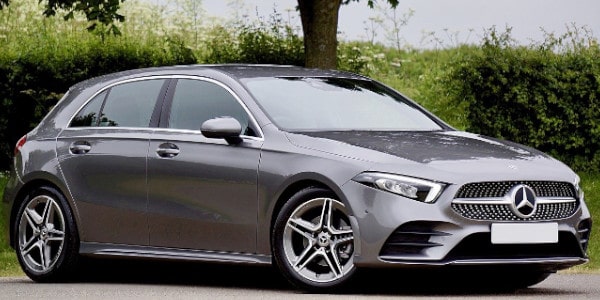
2. Kia Telluride
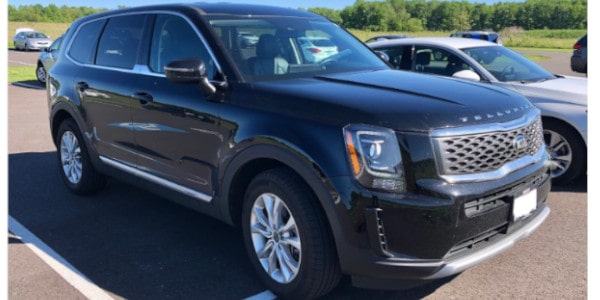
Also read: Is Kia Expensive to Maintain? (Exact Costs)
3. Audi A4
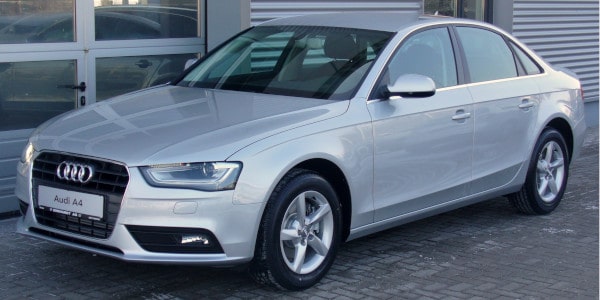
4. Honda Accord
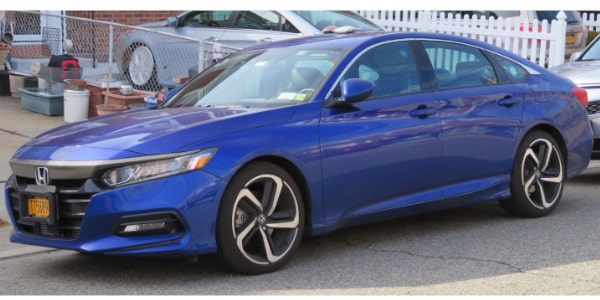
5. Mazda CX-30
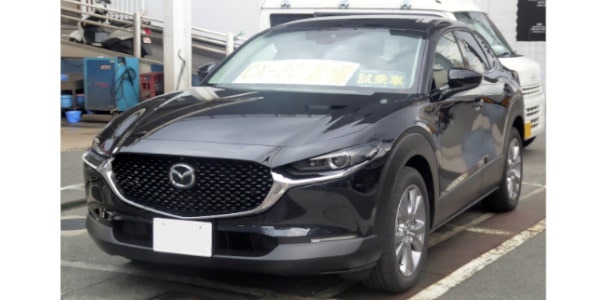
6. Toyota Yaris
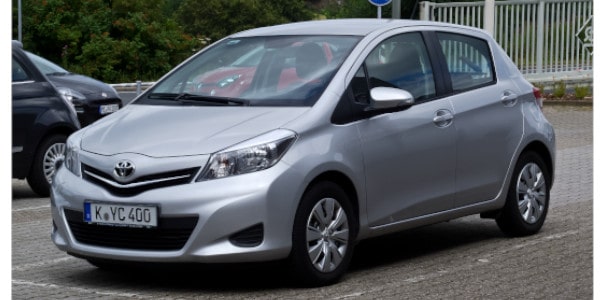
Also read: Why Do Toyotas Hold Value so Well? (Buy These Models)
7. Toyota Tacoma
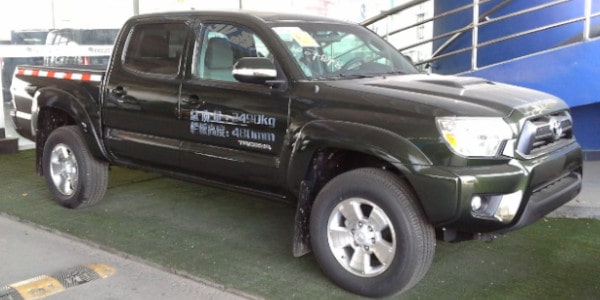
Trending Video: How to Easily Bring Back to Life any Old Car Battery and Save Tons of Money (click to watch)
8. Ram 2500
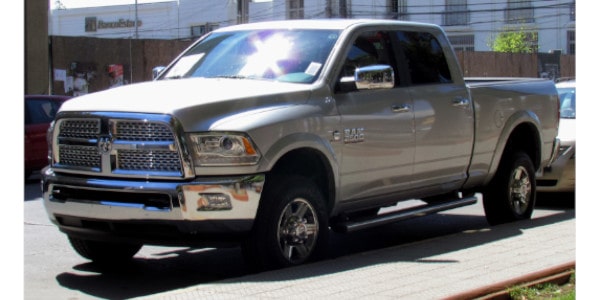
Also read: 10 Best-Looking SUVs Under $15k (with Photos)
9. Audi A4 Allroad
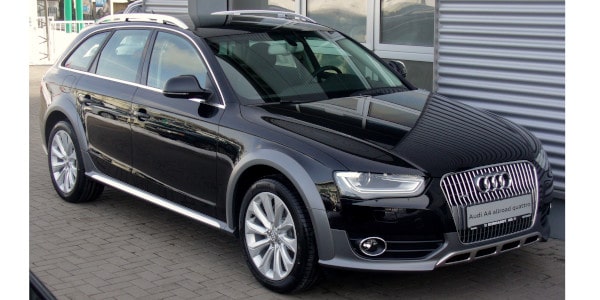
10. Volvo V60
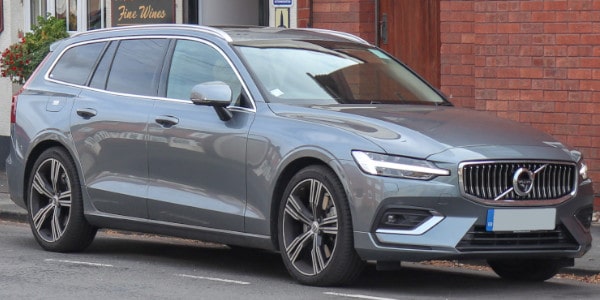
11. Ford F-150
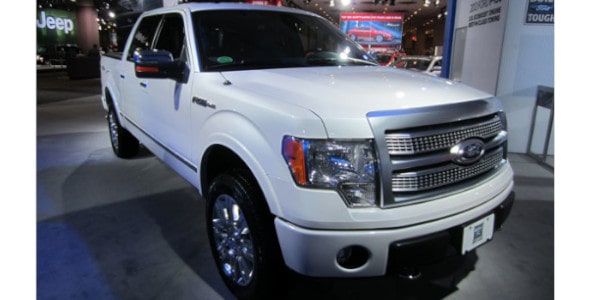
12. Skoda Octavia Estate
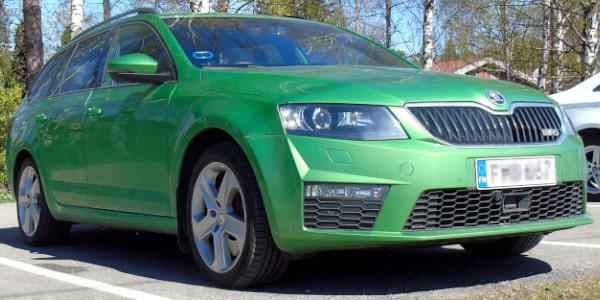
13. Volkswagen Tiguan
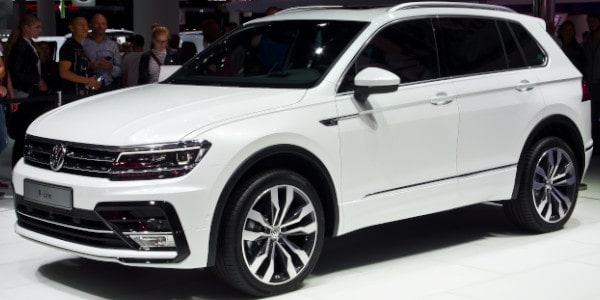
Also read: Are German Cars Expensive to Maintain? How Exactly?
14. Honda Civic
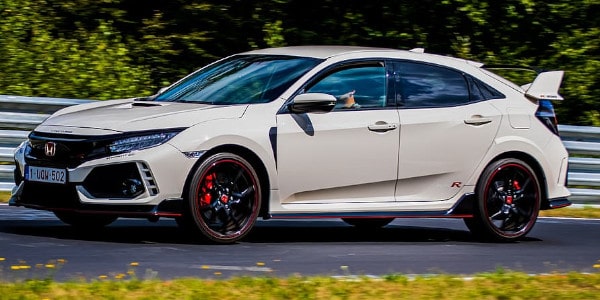
15. Volkswagen Golf
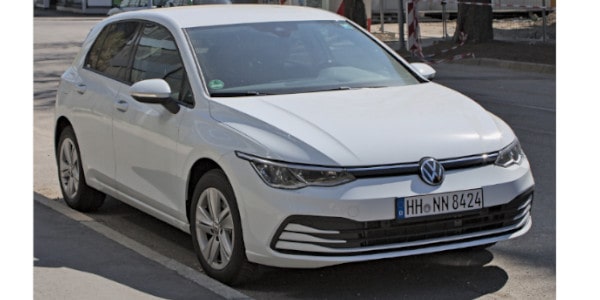
Do All New Cars Shut off When Stopped?
Auto start-stop is not available on all cars. But more and more manufacturers are starting to provide this system as standard in most new cars.
Manufacturers are realizing the environmental benefits and improved efficiency that these systems provide, which has caused a rapid spread of start-stop systems to all road-going cars, including cars in the performance segment.
Due to the stringent emission norms, especially the latest EU regulations on pollutant emissions, manufacturers are increasingly implementing these systems to reduce their carbon footprint.
If you are buying any car in the premium segments, it is more than likely that the car will be equipped with an auto-start stop system. Some less expensive cars also sport these systems but they are not that prevalent.
How Much Fuel Can You Save with the Start-Stop System?
Start-stop systems can improve the fuel efficiency by 3-10% depending on a variety of factors like, whether you drive with the air conditioning on or off. You will see a remarkable increase in fuel savings if you switch off the air conditioning.
The amount of fuel you save depends on your car and driving conditions and ambient temperature. If you constantly drive in heavy traffic, but the vehicle does not stay stationary for quite as long for the start-stop system to kick in, then you will not see much change.
But switching off the engine, especially at stoplights will save you some fuel. The bigger the engine in your car, the more difference it will make in the fuel consumption when using the start-stop system.
For maximum fuel savings, the car should be up to temperature, air conditioning should be switched off and the car remains stationary for a considerable amount of time so that the start-stop system can be activated.
Does the Start-Stop System Harm the Engine?
Not necessarily.
Many drivers are skeptical of this technology, as switching the engine on and off multiple times per trip can wear out the starter motors and have long-term effects on the engine. But it’s not true. Almost all vehicles equipped with start-stop technology never employ conventional starter motors that are used in every other vehicle.
The starter-motors can be any of the following types.
- The starter-motor can be of the traditional design but with all the parts engineered to be much more durable. It has double-layer electrical brushes and reinforced gears and bearings that can easily handle heavier loads.
- The second one and most common in newer models is called Tandem Solenoid (TS) starter. It allows the starter motor to engage even if the engine already has some revs. It means that if the driver accelerates immediately after coming to a halt, the motor can engage smoothly, reducing the wear and vibrations.
- The third one is a permanently engaged starter motor. As the name suggests, the starter is permanently engaged with the ring gear on the flywheel. It eliminates any lag in switching on the engine.
Another cause for concern is transmissions. For manual transmission cars, the start-stop system activates only when it is shifted to neutral. But for automatic transmission cars, drivers do not usually shift to neutral or park every time the vehicle becomes stationary.
Manufacturers understand this problem and have addressed it by employing systems that automatically shift the car into neutral when stationary or at least when the starter-motor has to be engaged to turn on the engine.
Modern engines use self-lubricating bearings to reduce wear during startup. Another common concern is the lack of lubrication, while the engine is switched off. But all modern lubricants ensure that every part runs smoothly and dissipates heat efficiently, even if the engine is not running.
Cars equipped with start-stop systems tend to have larger deep-cycle batteries that can handle the additional load while the engine is switched off and at the same time provide enough current to start the engine multiple times without incurring damage.
Moreover, several conditions have to be satisfied for the start-stop system to activate. These are the conditions for the start-stop system to activate:
- The engine should be at running temperature
- The battery has sufficient charge and is in good condition
- The engine coolant temperature is not very high
- The exhaust temperature should not be too high
- The ambient temperature should not be too low
- The diesel particulate filter is not active
The start-stop system performs these checks regularly before turning off the engine to ensure that the components do not overheat or wear out in any manner.
Why do so Many Drivers Hate This System?
Some drivers dislike start-stop systems because the system can be quite jarring at times. Especially the older systems that do not use a TS motor, exhibit some amount of vibration each time the engine turns on. These older systems can sometimes lag, and you might remain stationary for a few seconds even after pressing the accelerator.
But in most new cars, these problems have been rectified to a great extent. In many cars, you would not even feel or hear the engine turning on and off. So even if you have driven an older vehicle with a start-stop system, do not pass your judgment before test driving a new car with the system. You might change your mind, and if you do, you might be able to save a few bucks in fuel costs too while reducing emissions as well.
If you are still not convinced, do not let a start-stop system be a dealbreaker either. Most cars provide an easily accessible button to toggle it on and off. Although it might turn on every time you turn on the car, toggling the driving mode to ‘sport’ or ‘performance’ mode might save you from the hurdle.




